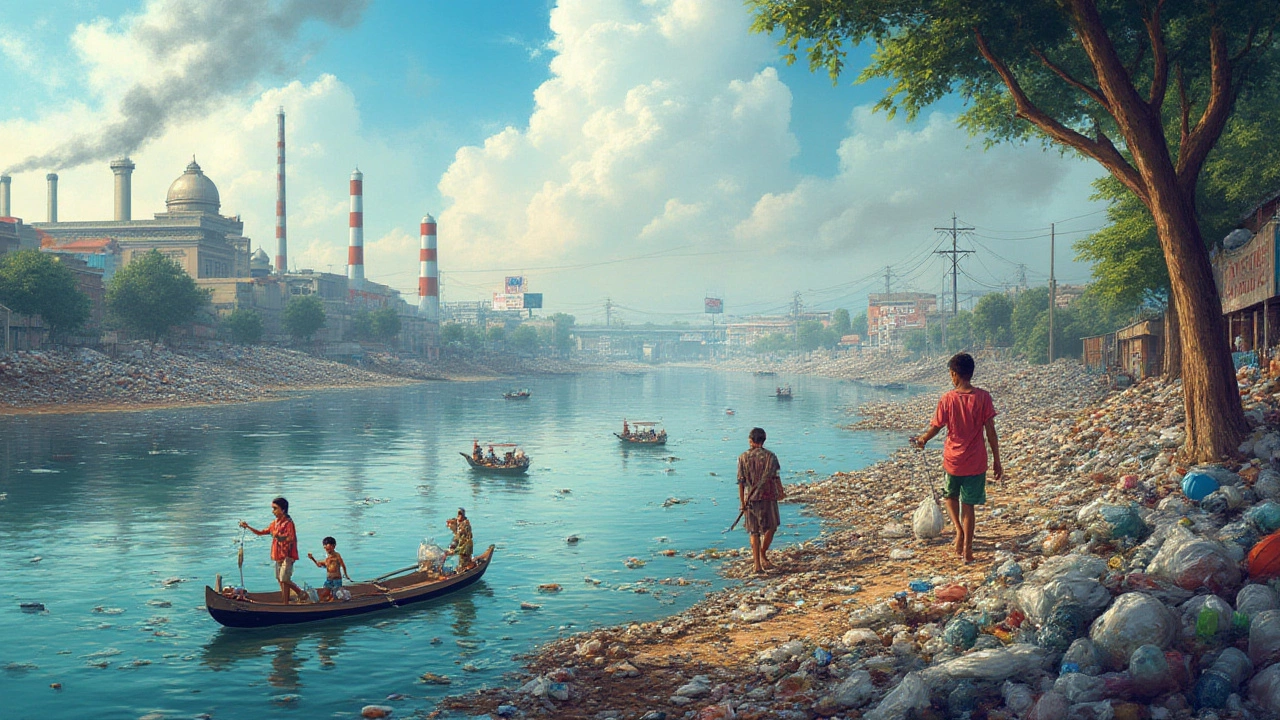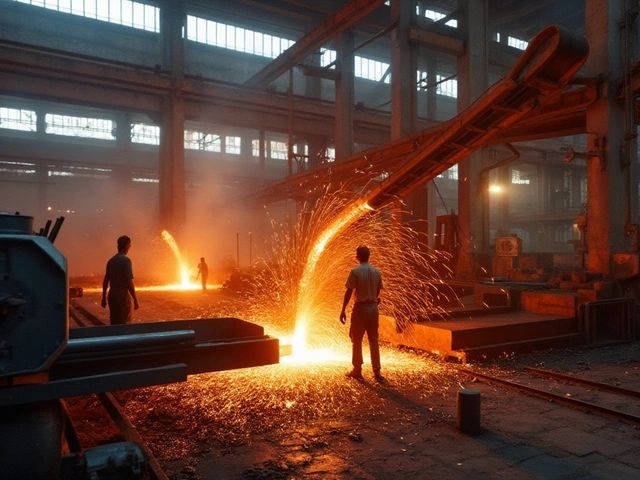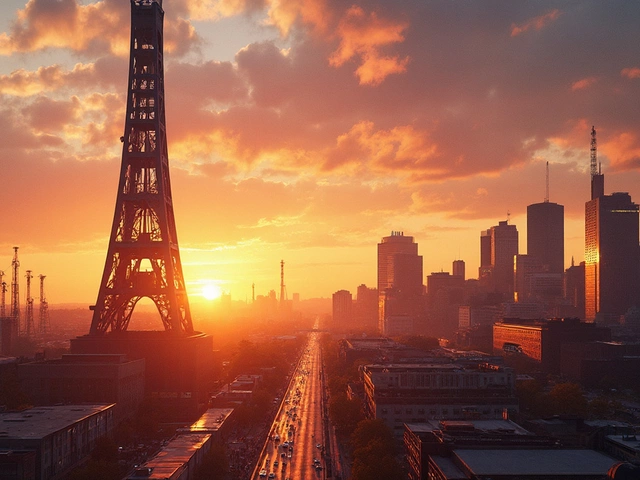Environment – Insights, Trends, and Sustainable Manufacturing
When talking about environment, the natural world and its interconnected systems, including air, water, land, and living organisms, we’re really looking at the backdrop for every factory floor, supply chain, and product design. The environment isn’t just a buzzword; it’s a measurable set of conditions that businesses either protect or strain. Understanding this backdrop helps you see why the next few posts matter, especially when they touch on how manufacturing choices ripple through ecosystems.
Why Environment Matters in Manufacturing
One of the biggest pressures today comes from single-use plastics, disposable plastic items like bags, cutlery, and packaging that are used once and then tossed, which directly affect landfill volumes and marine health. This pressure fuels plastic recycling, the process of collecting, sorting, and reprocessing plastic waste into new materials, a key countermeasure that lessens resource extraction and cuts greenhouse‑gas emissions. Meanwhile, manufacturing sustainability, the practice of designing production that minimizes waste, energy use, and ecological impact ties those two ideas together by urging factories to choose recyclable inputs and smarter processes. Eco‑friendly policies, government or corporate guidelines that promote greener practices, such as bans on single‑use plastics or incentives for clean energy act as the rulebook, guiding companies toward these greener choices. In short, the environment encompasses single‑use plastics, plastic recycling mitigates their impact, manufacturing sustainability integrates both, and eco‑friendly policies drive the whole system forward.
The collection of articles below shows how these concepts play out across Indian industry. You’ll see how IKEA’s supply chain balances global demand with local material choices, how Cipla’s pharma growth aligns with sustainable lab practices, and why Surat’s textile boom leans heavily on eco‑aware production methods. There are deep dives into the cheapest electronics markets, the role of plastics in everyday goods, and the real impact of manufacturing on local communities. Each piece flags a different facet of our shared environment, whether it’s a ban on single‑use plastics in India or a look at code‑5 polypropylene’s recyclability. By connecting the dots, you’ll get a clearer picture of how policy, material choice, and production techniques intersect to shape a greener future.
Ready to explore the specifics? The articles that follow break down the data, offer practical tips, and showcase real‑world examples—all through the lens of the environment. Whether you’re a factory manager, a sustainability officer, or just curious about how today’s manufacturing trends affect the world around us, this curated list gives you the insights you need to act, adapt, and advance.

Who really causes plastic pollution? This deep dive reveals the true sources, industry impact, government roles, and what everyday people can do to curb the crisis. (Read More)








